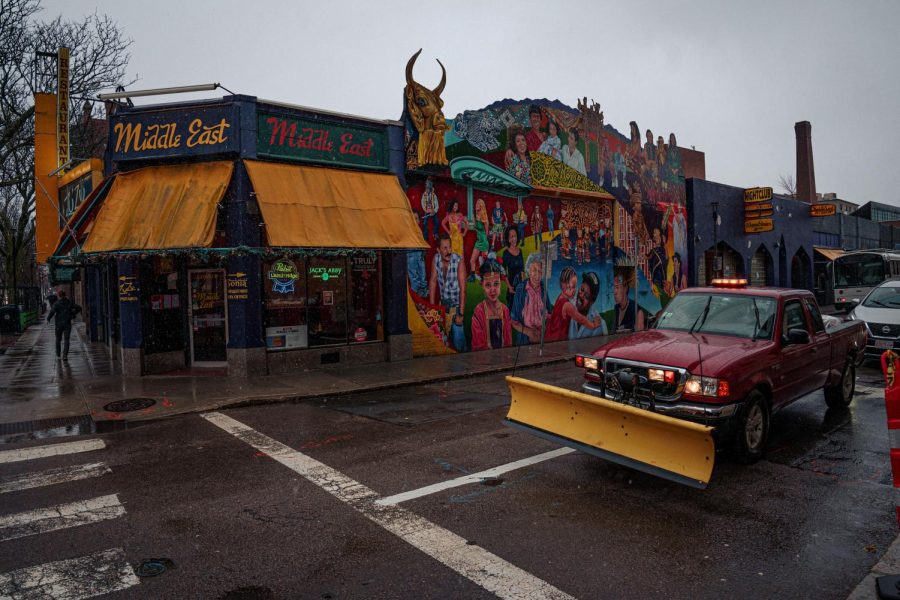Central Square: A Brief History
Central Square has undergone many changes since its birth.
May 8, 2023
Often thought of as boring and creepy, Central Square is always discounted when it comes to picking the exciting parts of Cambridge. Nonetheless, Central Square has a rich history full of ups and downs as well as a variety of changes as it’s gone from mostly farmland to the bustling area it is today.
The City of Cambridge was originally founded in 1630, but Central Square wasn’t born until after the West Boston Bridge was built in 1793. Before the creation of the West Boston Bridge, the distance between Boston and Cambridge was 8 miles, making Cambridge inaccessible to many. The area largely consisted of farmland with occasional residences. However, the West Boston Bridge reduced the distance from Cambridge to Boston to 3.5 miles, making the area of Central Square desirable for new roads, stores, and other businesses.
The last 20 years have seen a revamp of Central Square, as new chain businesses and multicultural restaurants have made their mark in the area.
With the creation of Cambridge’s City Hall in 1888, Central Square became the administrative heart of Cambridge. The location of the City Hall meant that not only did people have to visit Central Square to acquire legal documents but also that other administrative buildings, such as the main post office, clustered around the area. The 1880s also saw a rise in population, as many Irish immigrants along with Boston workers arrived in the area.
Central Square continued to experience a rise in population until the conclusion of the world wars. Sarah Boyer, project director of the Central Square Oral Project, told The Harvard Crimson, “What really got the country and the city out of the depression was World War II. The 1940s and 1950s were the heyday of Central Square.” The relatively new implementation of a subway, along with many new shops and businesses, meant Central Square had become not only a prime shopping destination but also the downtown of Cambridge.
But as Central Square moved into the 1970s, it no longer had the same spark that had once made it the heart of Cambridge. People had begun to move towards the suburbs, causing a decline in Cambridge’s population. The government, in an attempt to make Boston more accessible to the people now living in suburbs, created a plan for a highway that would go straight through Central Square. Even though this plan would never follow through, the area decreased in value, and banks wouldn’t give out loans for property. Gavin Kleespies, Director of Programs at the Massachusetts Historical Society, explained to the Register Forum, “Central Square, by 1980, is really in pretty bad shape. Like buildings haven’t [been] maintained.” However, this wouldn’t be the end of Cambridge’s once-lively downtown.
The last 20 years have seen a revamp of Central Square, as new chain businesses and multicultural restaurants have made their mark in the area. Freddie Funck ’26 shared her favorite part of Central Square: “Either that area near Toscanini’s, and the fire station, or like Town Hall; the Town Hall lawn is really nice.” Whether it’s an ice cream store to go to with friends or an art store to find new paintbrushes, Central Square, as the vibrant location it still is, has something for all of us.
This article also appears in our March 2023 print edition.










